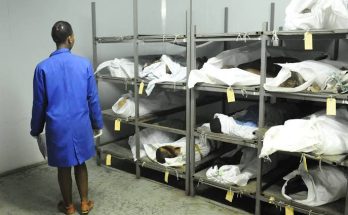Coffin, is a long, narrow box, typically of wood, in which a dead body is buried or cremated.
Casket, is a small ornamental box or chest for holding jewels, letters, or other valued objects. In America, a casket is a coffin, or a box in which the body of a dead person is buried. Some funeral traditions include a chance for mourners to see the deceased in the casket before burial.
DIFFERENCE BETWEEN COFFIN & CASKET
The biggest difference between a casket and a coffin is the shape. Caskets are one big rectangle that have 4 sides.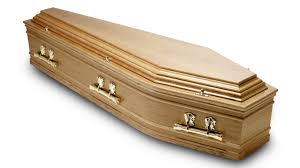 Coffins are tapered at the feet and the head, then wide at the shoulders; coffins have 6 sides. Another key difference is the lid.
Coffins are tapered at the feet and the head, then wide at the shoulders; coffins have 6 sides. Another key difference is the lid.
Caskets have a lid with hinges that can swing up to reveal either half the body or the entire body; whereas coffins have a removable lid that is usually entirely either on or off. 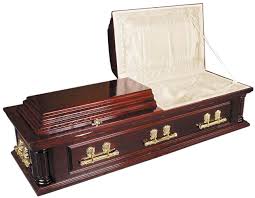 While caskets and coffins are normally used as interchangeable terms in popular culture, another key difference between them is the connotation. For example, when we think of the word “coffin,” we normally think of vampires, zombies, and horror stories.
While caskets and coffins are normally used as interchangeable terms in popular culture, another key difference between them is the connotation. For example, when we think of the word “coffin,” we normally think of vampires, zombies, and horror stories.
The word “coffin” is scary and it hits you over the head with the idea of death.
The term “casket,” on the other hand, does not evoke images of monsters or send shivers down your spine.
Caskets are comforting and dignified; they are a clean, comfortable final resting place for our loved ones.
How We Went From Coffins To Caskets
In 1700, English law changed to allow people of all creeds and classes to be buried in coffins; prior to this, only the wealthy were buried in coffins and everyone else was wrapped in a shroud.
In Colonial America, coffins became widely used both to transport the body and for burial.
The 6-sided coffin was traditionally made out of wood, and designed to easily accommodate the loved one’s shoulders and feet, without too much extra room. 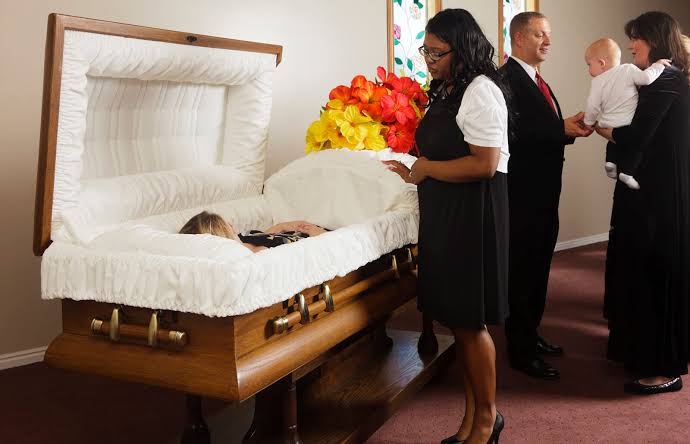 The invention of embalming sparked a new ideal for the beautification of death. Before this time, death was witnessed in the home and the unpleasantness of it was a normal part of life. Embalming and early funeral directors spread the idea that death should be neatened and made more palatable for the benefit of the family.
The invention of embalming sparked a new ideal for the beautification of death. Before this time, death was witnessed in the home and the unpleasantness of it was a normal part of life. Embalming and early funeral directors spread the idea that death should be neatened and made more palatable for the benefit of the family.
One part of this change was a shift from coffin to casket.
During this time, the coffin vs. casket distinction was quite similar to how we currently think of caskets vs. coffins.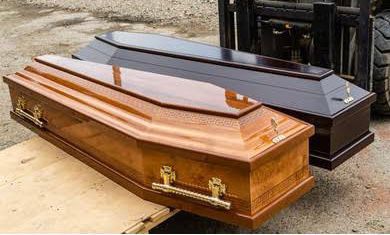 Coffins were viewed as morbid, old fashioned, and unsavory. The newly emerging 4-sided caskets, on the other hand, were dignified, clean, and Godly. In the transition, 6 and 8-sided caskets without the taper at the feet became the norm.
Coffins were viewed as morbid, old fashioned, and unsavory. The newly emerging 4-sided caskets, on the other hand, were dignified, clean, and Godly. In the transition, 6 and 8-sided caskets without the taper at the feet became the norm.
Coffin: Difference Between a Casket vs. Coffin


